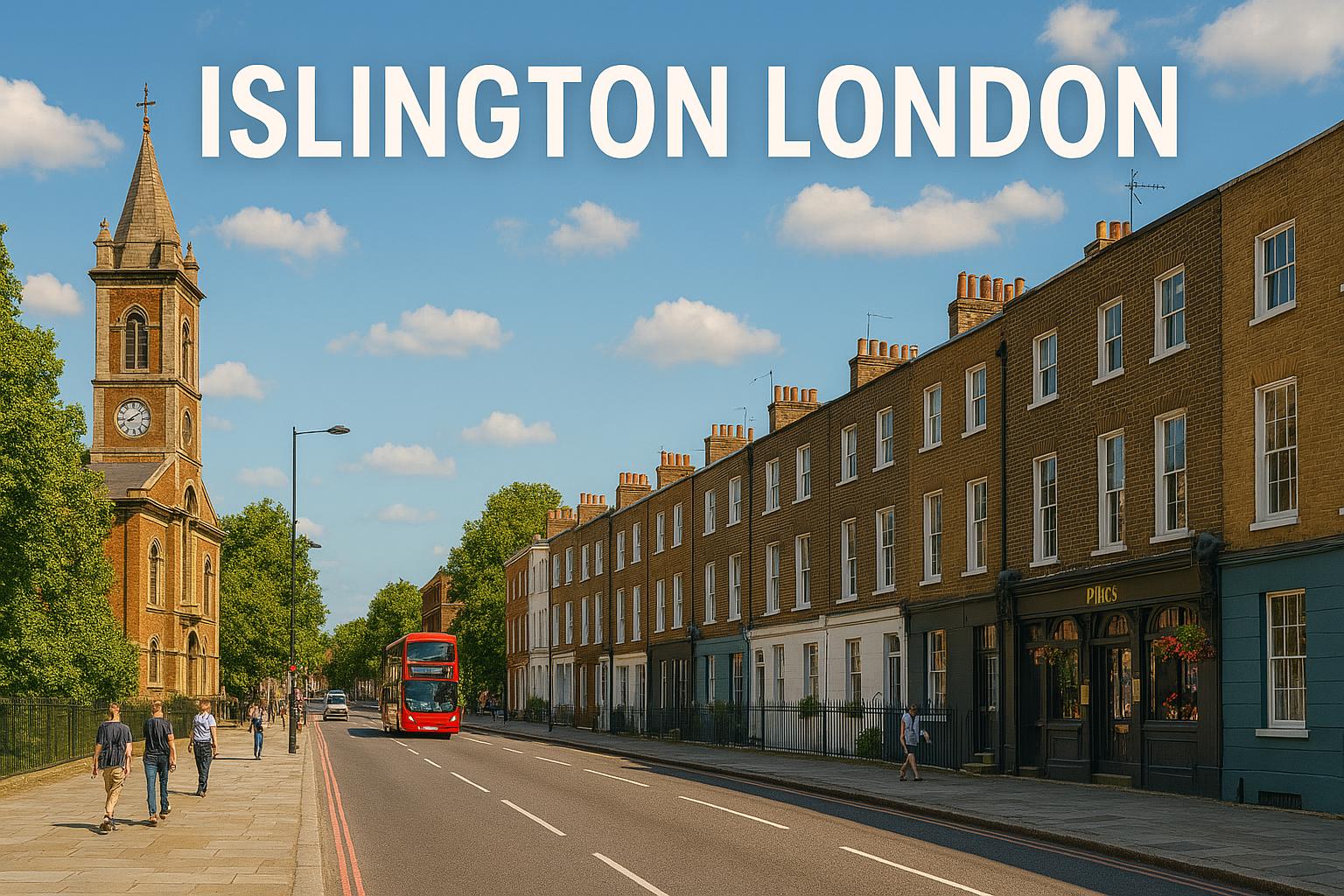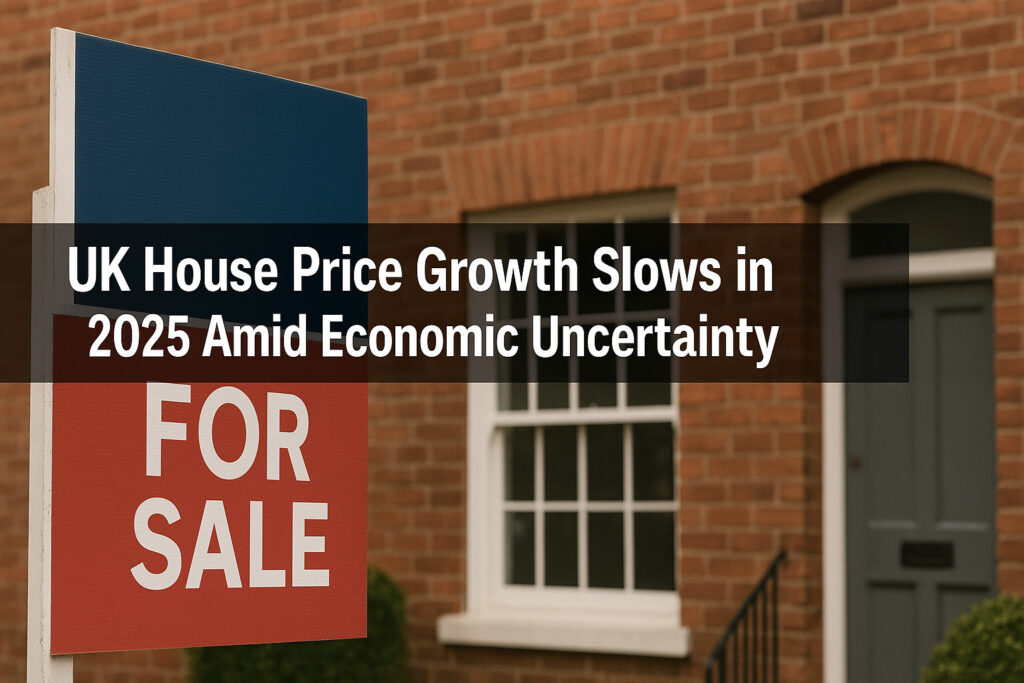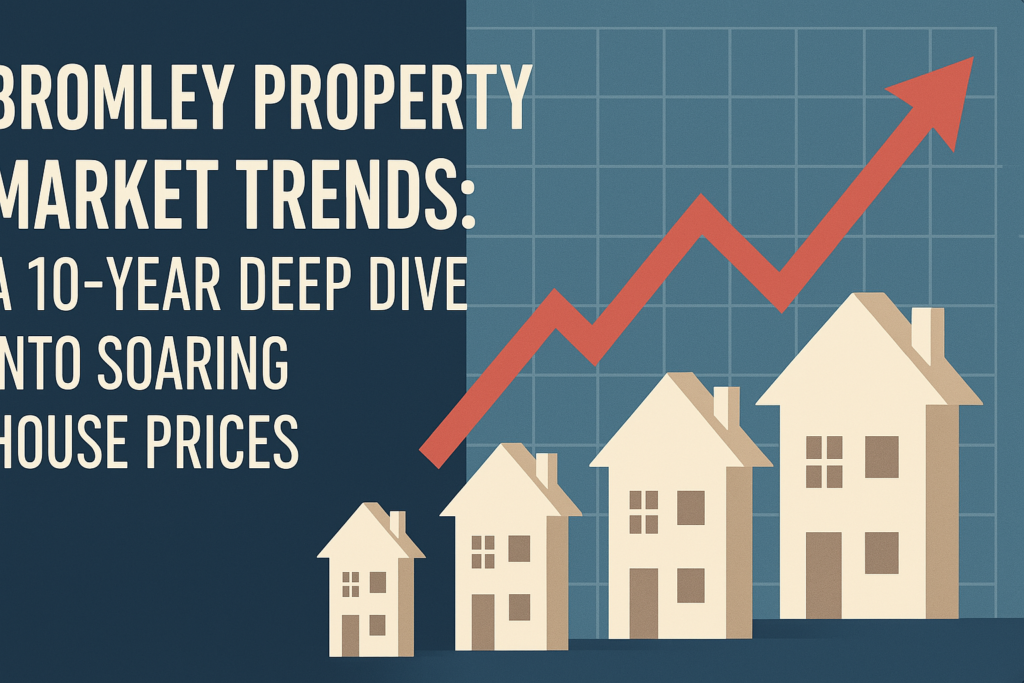The London Borough of Islington, known for its central location, cultural vibrancy, and desirable residential streets, is experiencing a dynamic shift in its rental and housing market in 2025.
As one of London’s most densely populated boroughs, demand for housing in Islington continues to outpace supply, driving up prices and transforming the borough’s socioeconomic fabric.
Rising Rental Demand in Islington
The rental market in Islington sharply rose in 2025 due to several key factors. Post-pandemic urban migration trends and a substantial influx of young professionals and international tenants have significantly boosted demand.
With its proximity to the City, excellent transport connections (via the Victoria, Northern, and Piccadilly lines), and a thriving dining and nightlife scene, Islington remains a magnet for renters.
In January 2025, the average rent for a one-bedroom flat in Islington stood at £2,150 per month, marking an 8.6% year-on-year increase. Two-bedroom flats command an average of £3,150, while larger family homes in Highbury or Barnsbury can fetch upwards of £5,000 monthly.
Buy-to-Let Investment in Islington in 2025
For landlords, Islington remains a lucrative buy-to-let hotspot. Yields may not be as high as in outer boroughs, but capital appreciation and tenant demand offer consistent returns.
Rental void periods remain low, especially in areas like Angel, Canonbury, and Holloway, where renters are drawn to a mix of period conversions and new-build developments.
The gross rental yield for a typical one-bedroom flat in Islington averages 4.1%, with premium developments achieving slightly lower yields but higher capital growth.
Purpose-built rental developments (PRS) have also begun dominating the landscape, offering long-term investment prospects for institutional investors.
Housing Supply Constraints and New Developments
The housing supply in Islington continues to face intense pressure. The borough is already built up, limiting space for large-scale development. However, several key regeneration projects are underway, including:
City Angel development on Goswell Road, offering 100+ new homes.
Highbury Corner’s transformation is improving accessibility and residential density.
Islington’s Local Plan 2025 aims to deliver more affordable housing without compromising environmental sustainability.
Despite these efforts, the borough’s high land values and planning restrictions mean that supply cannot keep pace with demand, keeping property prices and rents elevated.
Property Price Trends in 2025
The average property price in Islington reached £805,000 in Q1 2025, representing a 4.7% increase compared to the previous year. The most expensive properties are in Barnsbury, Highbury Fields, and near Upper Street, where Victorian and Georgian terraces can exceed £2 million.
Breakdown by Property Type:
Flats: £645,000 (average)
Terraced Houses: £1.2 million
Detached Properties: Rare, often surpassing £2.5 million
New-build Premium Flats: Starting from £900,000 for 2-bed units
Affordability and First-Time Buyers
For first-time buyers, Islington remains challenging due to steep entry-level prices. The average deposit required for a starter flat is in the region of £130,000–£150,000, assuming a 15% down payment.
Despite government schemes like Shared Ownership and First Homes, many young professionals are priced out and turn to the rental sector.
Help to Buy London, which officially ended, still impacts market momentum as buyers who rushed in before the deadline settle into new-build flats.
Developers have begun offering incentives such as stamp duty contributions and mortgage rate subsidies to attract new entrants.
Luxury Market and Overseas Buyers
The luxury property segment in Islington is robust in 2025, driven by interest from overseas investors, particularly from the Middle East and Asia.
Prime postcodes like N1 and N5 continue to attract cash buyers who value Islington’s lifestyle offerings and proximity to top educational institutions like UCL and City University.
Foreign investment remains strong despite broader political uncertainties and fluctuating exchange rates.
Luxury flats in developments such as Packington Square and Kings Cross Quarter command record prices, with concierge services, gyms, and underground parking as standard features.
Trends in Tenant Preferences
Tenants in 2025 are increasingly prioritizing energy-efficient homes, co-living spaces, and pet-friendly accommodations.
Demand for properties with home office space has persisted since the pandemic, while access to green space and bicycle storage are now essential amenities.
Notably, sustainability-conscious renters are willing to pay a premium for EPC-rated A or B properties.
Landlords upgrading their properties to meet these standards are reaping the rewards with longer tenancy durations and reduced maintenance costs.
Affordability vs. Location: North vs. South Islington
There remains a notable price divide between north and south Islington:
Southern Islington (Angel, Clerkenwell): Higher prices, lower yields, and high-end demand.
Northern Islington (Holloway, Finsbury Park): More affordable, better yields, increasingly popular with young families.
Areas around Caledonian Road and Arsenal offer the best of both worlds, where capital appreciation potential remains strong due to ongoing infrastructure improvements and gentrification.
Government Policies and Local Council Initiatives
The Islington Council‘s 2025 housing strategy emphasizes sustainability, social housing, and rent regulation.
The borough is introducing stricter licensing schemes for HMOs (Houses in Multiple Occupation) and encouraging landlord accreditation to maintain standards across the private rental sector.
The council’s Affordable Housing Delivery Plan targets the construction of 750 new affordable homes by the end of the year, with priority given to key workers and low-income families.
Future Outlook for Islington’s Housing Market
The outlook for Islington’s property market in 2025 and beyond remains positive, with moderate price growth projected as interest rates stabilize.
The borough’s enduring appeal, with strong infrastructure, excellent schools, and cultural amenities, ensures that both the sales and rental markets remain competitive.
However, affordability will continue to challenge buyers and renters alike. Those seeking long-term investment returns, particularly in up-and-coming pockets of the borough, are likely to benefit from Islington’s resilience and upward trajectory.
Frequently Asked Questions
1. What is the average rent in Islington in 2025?
In 2025, the average rent for a one-bedroom flat in Islington is approximately £2,150 per month. Two-bedroom flats average £3,150, while more significant properties can exceed £5,000 monthly, especially in premium areas like Highbury and Barnsbury.
2. Is Islington a good place to invest in buy-to-let property?
Yes, Islington continues to be a substantial buy-to-let investment area. Although rental yields average around 4.1%, the borough offers high tenant demand, minimal void periods, and solid long-term capital appreciation potential.
3. Will property prices in Islington increase in 2025?
Yes, property prices in Islington have increased by approximately 4.7% year-on-year, with the average home now costing around £805,000. Rising demand and limited housing supply continue to drive up prices.
4. What areas in Islington are most affordable for first-time buyers?
Northern parts of Islington, such as Holloway and Finsbury Park, are generally more affordable than the south.
These areas offer better value while benefiting from regeneration projects and improved transport links.
5. What are the main challenges in the Islington housing market?
The key challenges include:
Affordability for first-time buyers
Limited housing supply
High rental costs
Planning restrictions limiting large-scale developments
6. Are there new housing developments in Islington in 2025?
Ongoing developments include projects like City Angel on Goswell Road and regeneration schemes around Highbury Corner.
These aim to increase housing stock, exceptionally affordable housing, as part of the council’s Local Plan.
7. Is there support for affordable housing in Islington?
The Islington Council’s 2025 Affordable Housing Delivery Plan aims to create 750 new affordable homes, prioritizing key workers and low-income families.
8. Are foreign buyers active in Islington’s property market?
International investors continue to be active in the luxury segment, especially in areas like Angel and Barnsbury—many purchase high-end flats as second homes or long-term investment properties.
9. What is the outlook for the Islington housing market beyond 2025?
The outlook remains positive but competitive. While prices and rents are expected to grow moderately, affordability will remain a concern.
Strategic investments in northern Islington may offer better returns over time.
10. What types of tenants are most common in Islington?
Young professionals, international students, creatives, and corporate tenants make up the bulk of the rental market in Islington. There is also growing demand from families seeking good schools and amenities.
Read our other Blogs:





